Learn the techniques and tips to perfectly bake cookies without burning their bottoms in this comprehensive guide.
This post contains affiliate links.
I absolutely love baking cookies for any occasion, especially during the holiday season. I always make sure to have a few batches of cookies in the freezer for when I have a sweet tooth. It's also important for me to plan ahead for holiday baking by pre-making cookies or cookie dough and freezing them. This is a HUGE time-saver for me, as I run a photography business, homeschool my daughter, and drive her to sports practices.
That's why I've written a blog post to help you avoid burning the bottoms of your cookies. In this post, we'll discuss the art of cookie making and the science behind baking. With my tips and tricks, you can bake the perfect batch of cookies every time without any burnt bottoms or raw middles.
Before we dive into the tips, let me remind you of some of my favorite cookie recipes that you can check out on my blog. Try out my Easter sugar cookies, Gingerbread Cookies with Royal Icing, Peanut Butter Cookies, and Pinwheel Cookies for the 4th of July. These are all crowd-pleasers that I love to make for my family and friends.
Now, back to the topic at hand. To prevent burning the bottoms of your cookies, you need to follow some basic baking rules. The oven is like a boss, and you need to follow its instructions. Preheat the oven to the recommended temperature and use the correct baking tools and supplies, which you can find in my blog post about Basic Baking Cookies Supplies.
To freeze your cookies, check out my blog post on How to Freeze Cookies, and for ideas on individually packaging your cookies, check out How to Individually Package Cookies for Gifts. Lastly, for tips on how to store your baked cookies, check out my blog post on 3 Ways to Store Baked Cookies.
With these tips and tricks, you can bake perfect cookies every time. No more rock-hard bottoms, no more charcoal taste. Just delicious and perfectly baked cookies that will make you feel like a baking rockstar. So, put on your apron, grab your favorite cookie recipe, and let's get baking!
Use the Right Pan
A baking pan with a dark finish will absorb heat more readily, leading to a faster and more intense baking process. This can result in cookies that are browned on the bottom before they are fully baked. Using a light-colored pan or a baking sheet with a silicone mat will reflect heat, resulting in a more evenly baked cookie.
Adjust the Oven Temperature
When I'm making cookies, I always make sure to keep a close eye on them because they don't take long to bake. I use a recipe as a guide, which typically provides a range of time for baking. I like to use the lower end of the time range and then check on my cookies. If they need a bit more time, I add an additional minute. As the cookies bake, I keep an eye on the color of the bottoms, and as soon as they start to turn golden brown, I pull them out of the oven. I also find it helpful to leave the oven light on while baking to keep an eye on the process without opening the oven and fluctuating the oven temperature.
Keep an Eye on Cookies
When baking cookies, it's crucial to keep a watchful eye on them because they don't take long to bake. As the cookies bake, it's essential to keep an eye on the color of the bottoms, and as soon as they start to turn golden brown, you should pull them out of the oven. To keep a close eye on the baking process, I like to leave the oven light on.
Typically, I bake about 10 cookies at a time, and if I notice that the first batch burned on the bottom, I adjust the time in the oven instead of lowering the temperature. This is because lowering the oven temperature can sometimes change the texture of certain types of cookies, which isn't always ideal.
More Cookies Recipes
Use a Spatula
After your cookies finish baking, it's crucial to remove them from the pan without burning your fingers. I recommend using a spatula that can fit a whole cookie on it to avoid breaking the cookies while transferring them. Remember that cookies are still soft at this stage, so handle them with care.
How to cool cookies
After removing the cookies from the oven, let them cool on the pan for a few minutes before transferring them to a wire rack. A wire rack is the best option because it allows air to circulate around the cookies, effectively cooling them from both the top and bottom. Cooling the cookies on a wire rack will also help prevent any moisture from getting trapped under the cookies, which can make them soggy.
Consider Altitude Adjustments
Altitude can affect baking time and temperature. The higher the altitude, the lower the air pressure, which can cause cookies to bake faster and at a lower temperature. For example, when baking at a higher altitude, it is recommended to use a lower time in the recipe and sometimes even lower it by a minute or two. Check the recipe you are following and adjust the temperature and time according to your altitude location.
Use Parchment Paper or a Silicone Mat
To prevent burning the bottom of your cookies, using parchment paper or a silicone mat is a great option. Both of these materials are non-stick and provide a protective barrier between the cookies and the baking sheet, which prevents them from coming into direct contact with the heat. This ensures that the cookies bake evenly and prevents the bottoms from becoming too brown.
Based on my experience, I find that using a silicone mat helps to prevent cookies from burning faster than parchment paper. However, if you prefer a crisp bottom on your cookies, parchment paper may be the better option. It's important to consider your personal preference and what works best for the type of cookie you're making.
You can also check out other blogs that cover the difference between parchment paper and silicone mat, such as "Parchment Paper vs Silicone Mat: Which is Better for Baking?" which can give you further information on this topic.
Double-panning method
Double-panning is a method that can help prevent cookies from burning on the bottom. To use this method, simply place a second baking sheet on top of the first one before placing it in the oven. The extra layer of insulation between the heat source and the cookies helps to distribute the heat more evenly, preventing the cookies from burning on the bottom.
Double-panning is especially helpful for delicate cookies that are prone to burning, such as those with a lot of sugar or butter in the recipe. It's also a great option if you're using a dark-colored baking sheet, which can absorb more heat and cause the bottoms of the cookies to burn faster.
Keep in mind that double-panning may increase the baking time slightly, so you may need to experiment with the time and temperature to get the perfect batch of cookies. Additionally, it's important to make sure there is enough space between the two baking sheets to allow for air circulation and even baking.
In conclusion, baking cookies is both an art and a science. By following the tips and tricks in this blog post, you can achieve perfectly baked cookies every time. Remember to keep a close eye on the baking process, use the lower end of the baking time range, and avoid opening the oven door too often. It's also important to use parchment paper or a silicone mat to prevent the cookies from sticking and burning on the bottom.
Experimenting with different flavors and textures can be a fun and creative way to make cookies unique and personalized. From classic chocolate chip to the more unique flavors like bacon and maple, the possibilities are endless. Don't be afraid to try new things and get creative with your cookie recipes.
Finally, baking cookies is a great way to show your loved ones how much you care, especially during the holidays. Individually packaging cookies for gifts is a thoughtful and personal touch. With a little bit of planning and organization, you can save time and make baking cookies a stress-free and enjoyable experience.
Food Photography & Video Tips from My Studio
Here’s a peek at the tools, gear, and camera setups I use to film my recipe videos and photograph food at home. Over the years, I’ve tested dozens of different setups, and now I’m sharing what actually works for me—whether I’m filming overhead shots for YouTube or styling still photos for my blog. If you’re curious about how I create the content you see here, these posts are a great place to start.


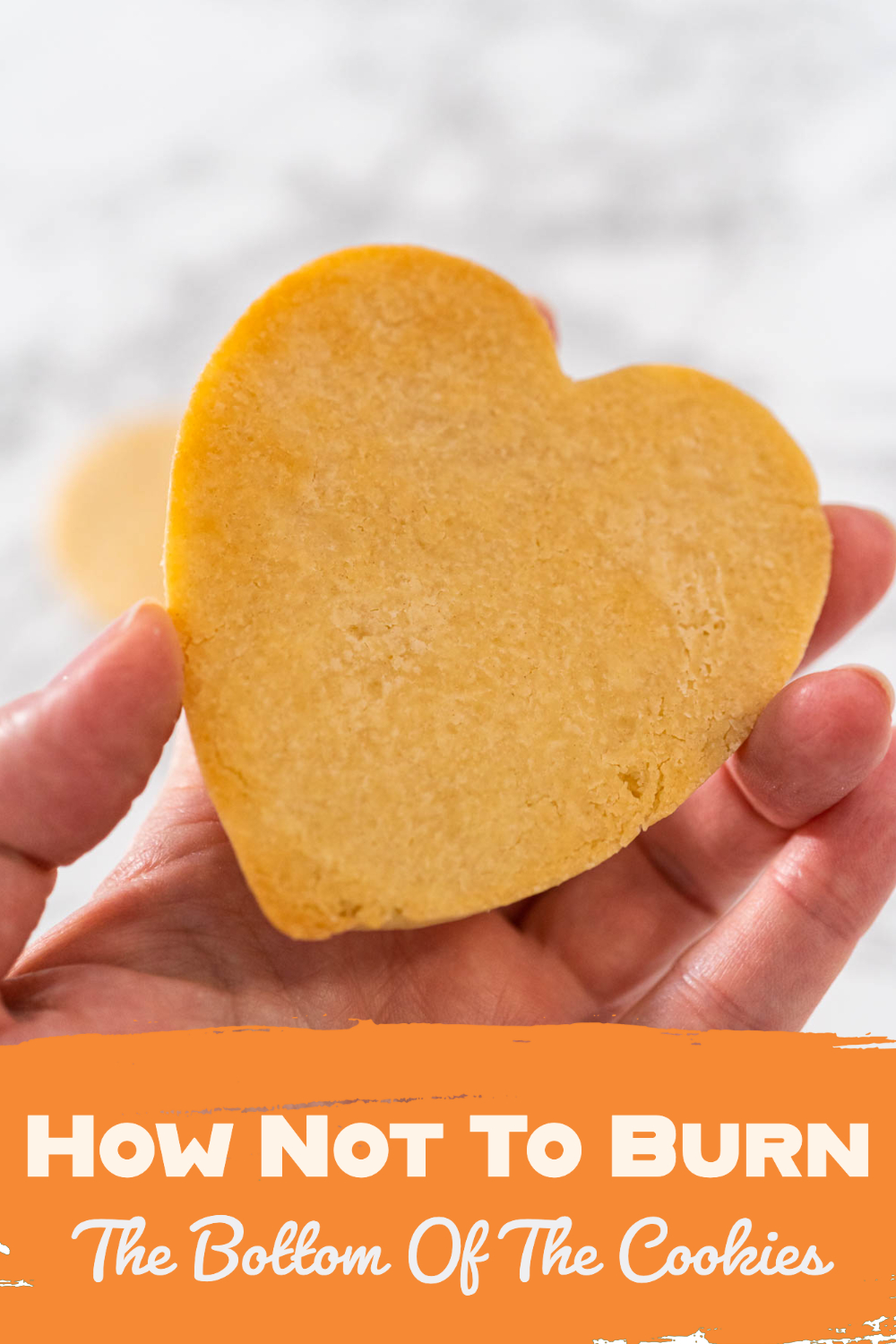


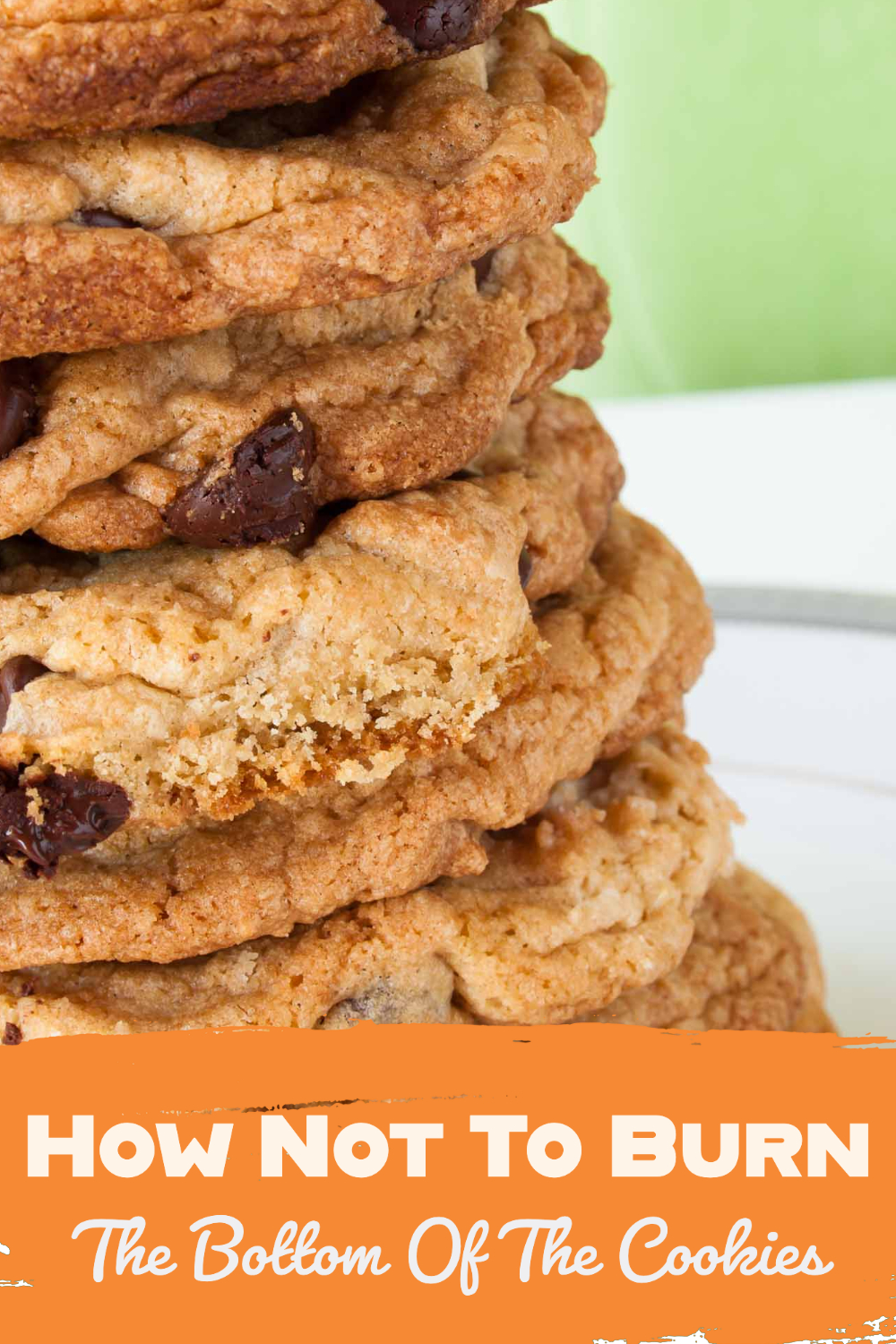

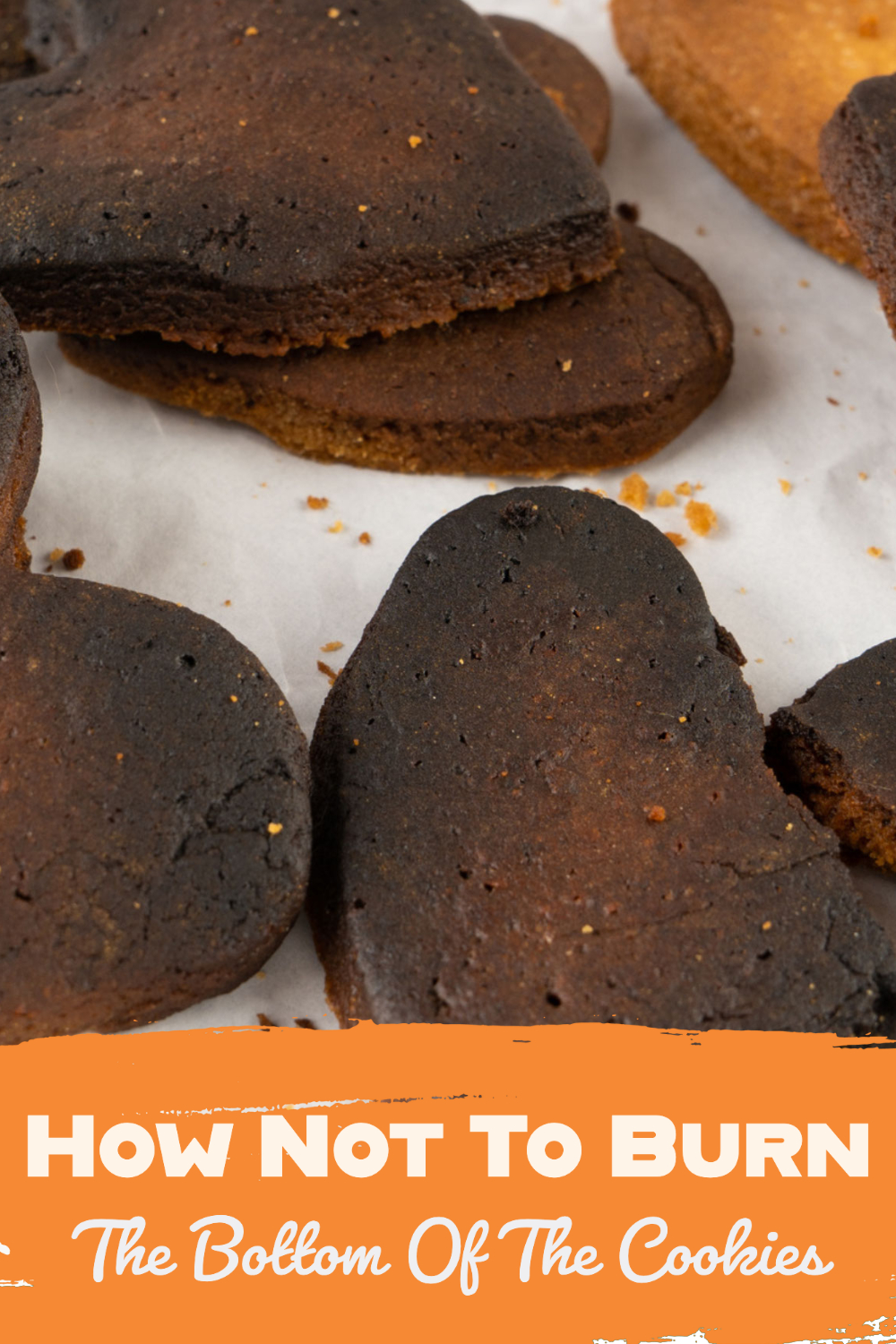


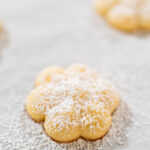




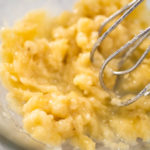



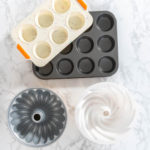
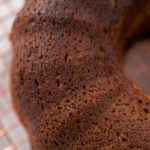

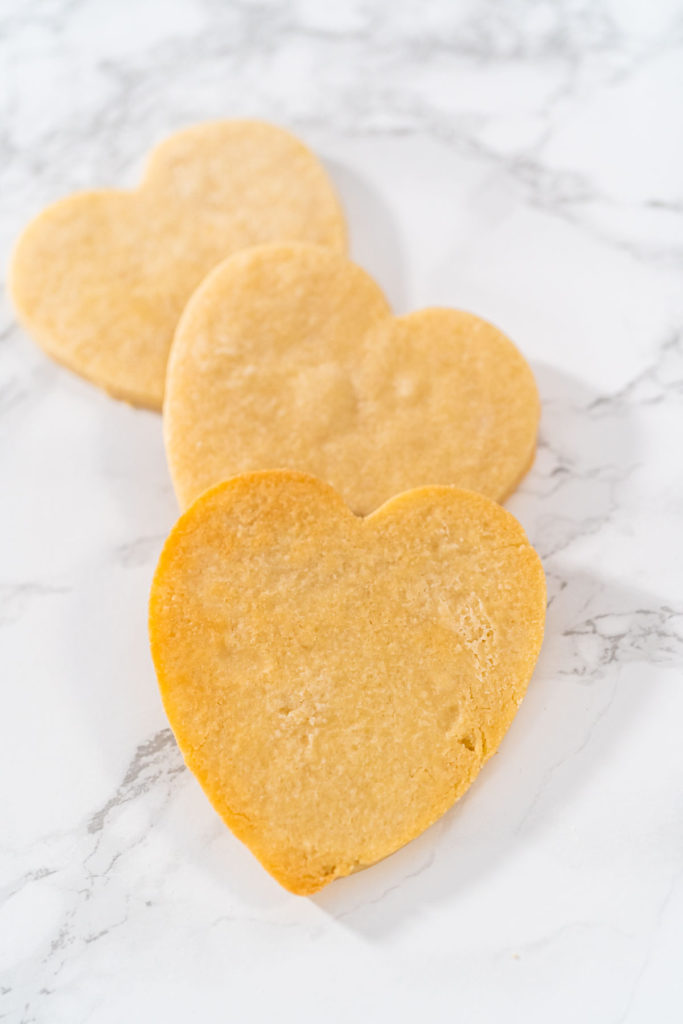





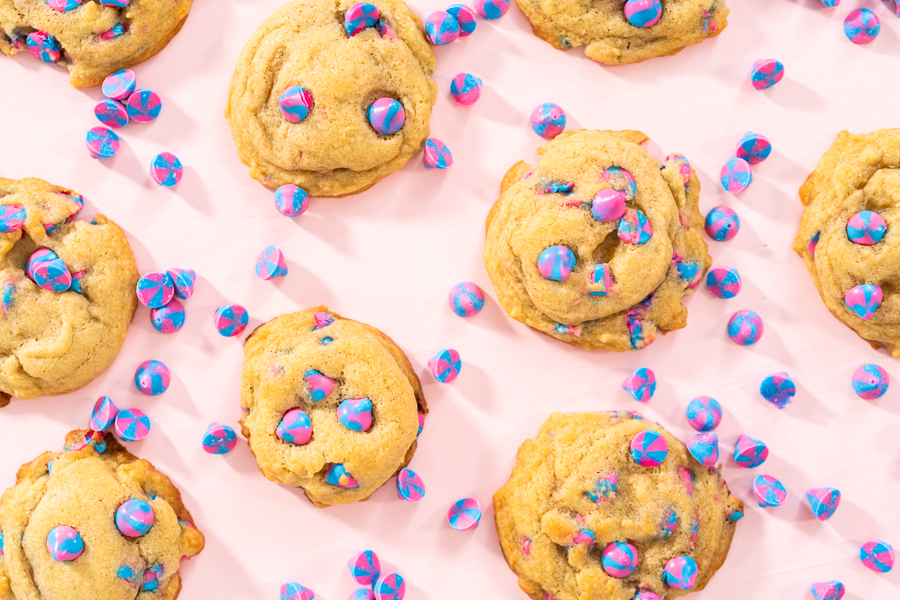

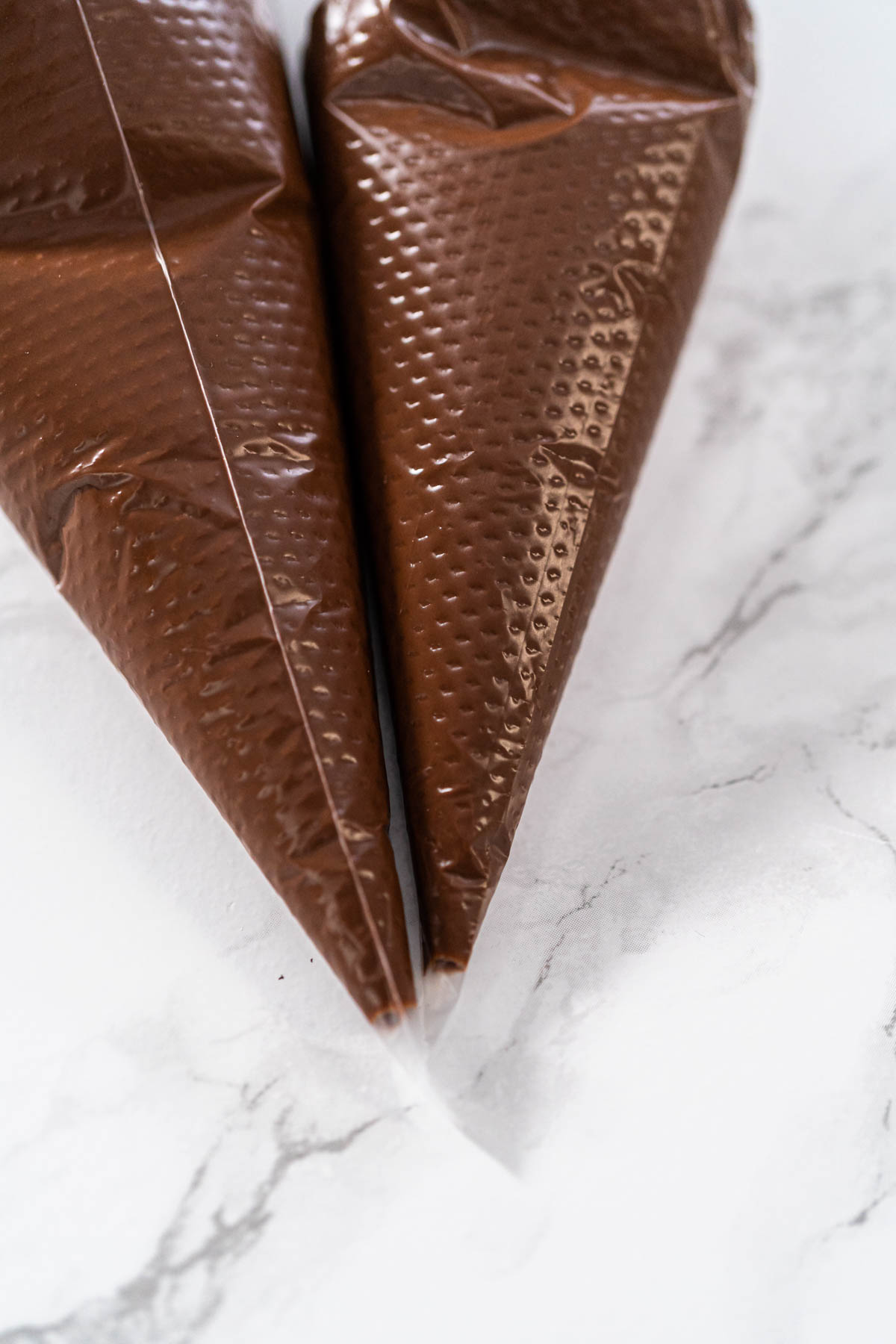




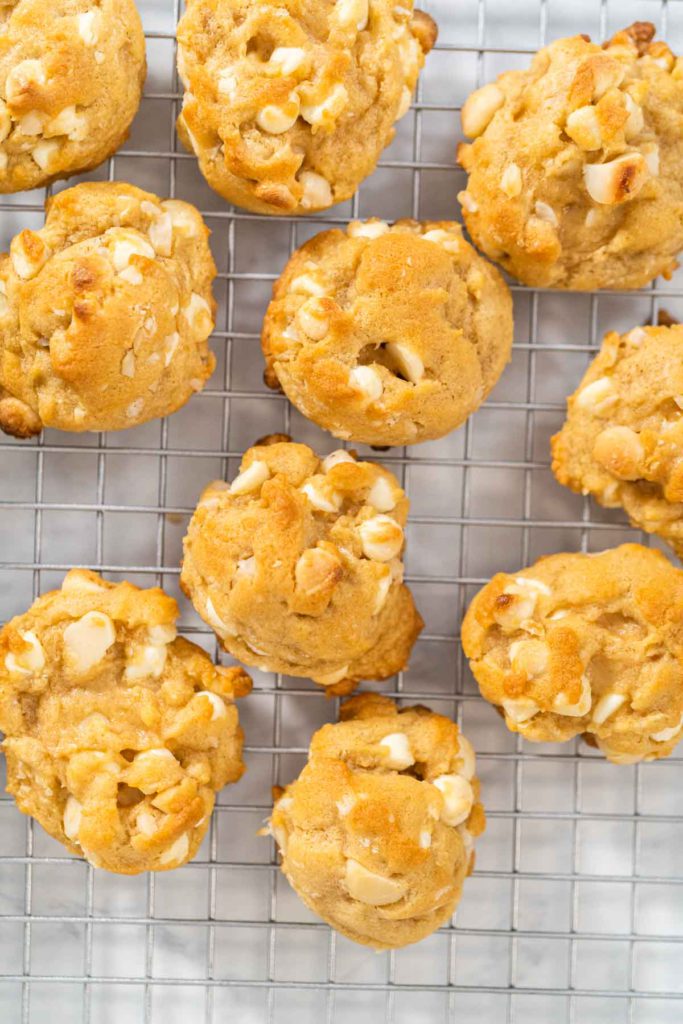



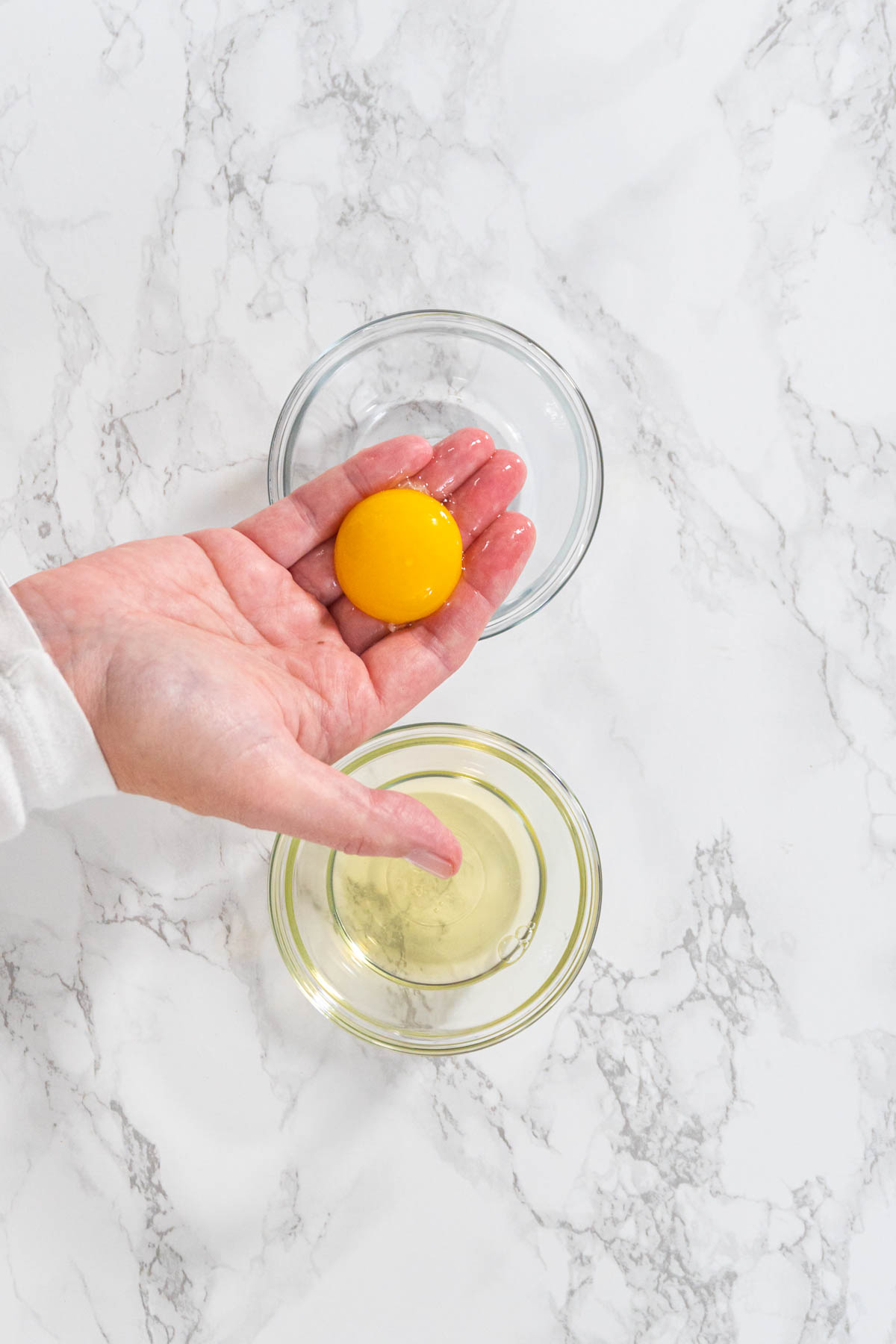
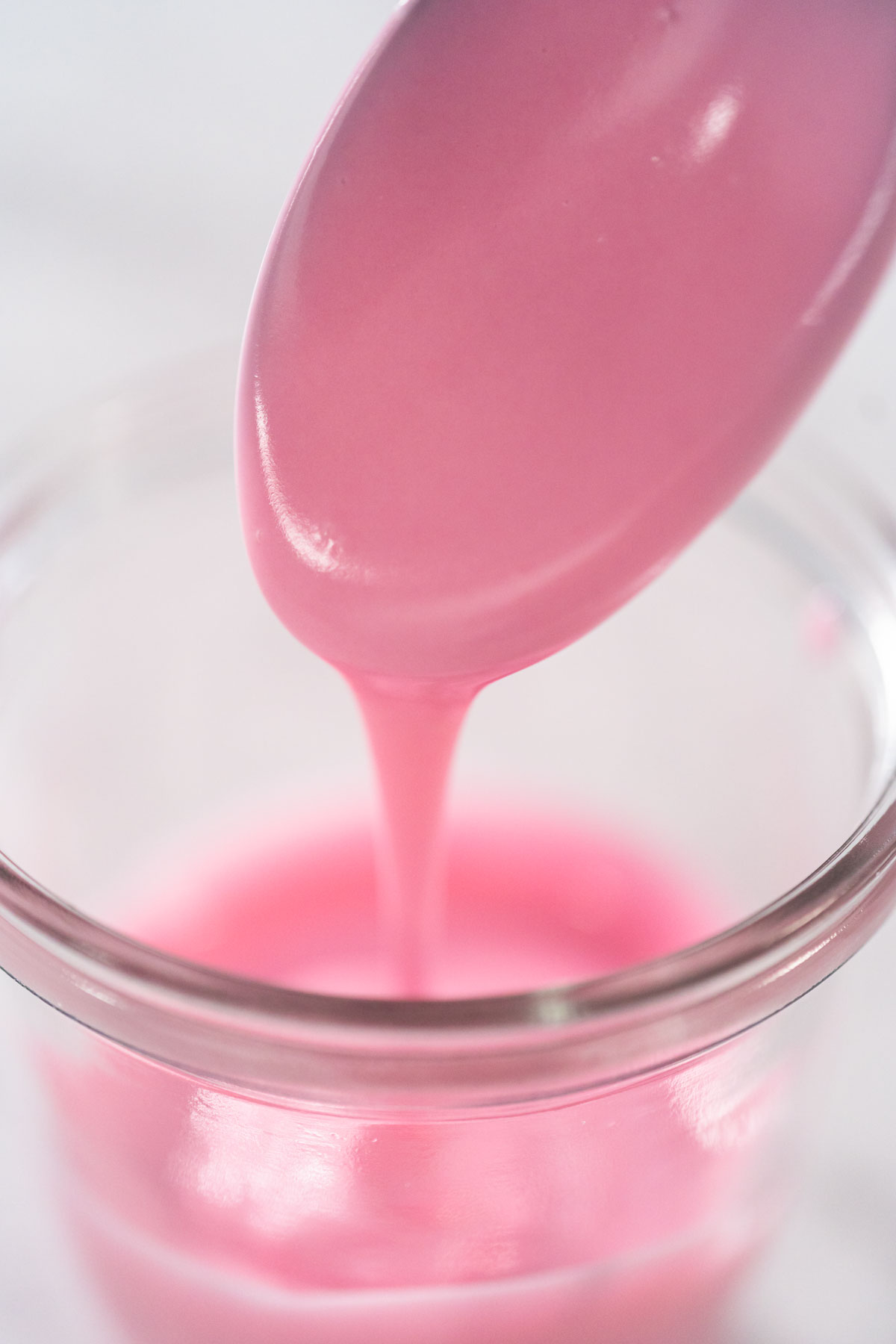

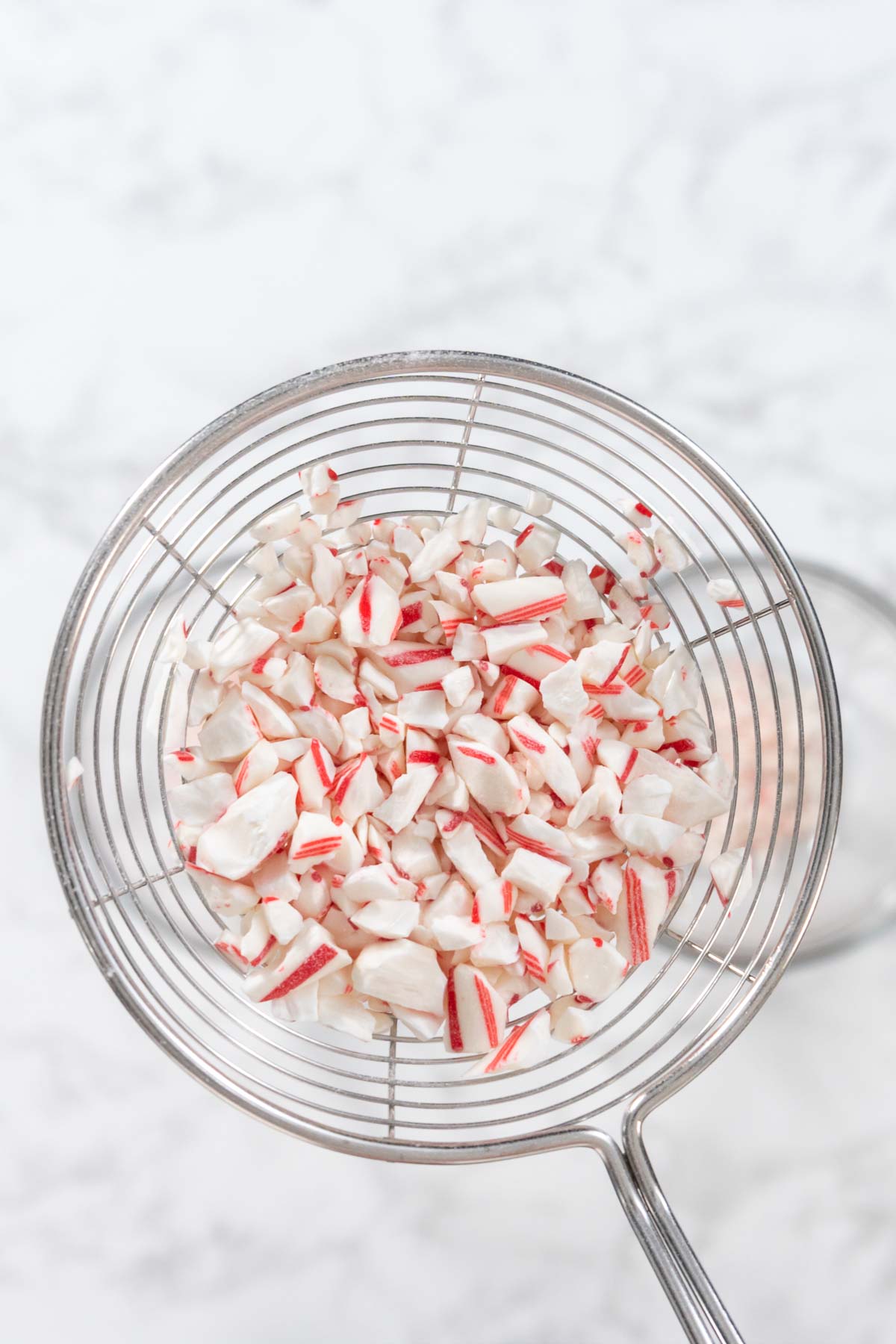





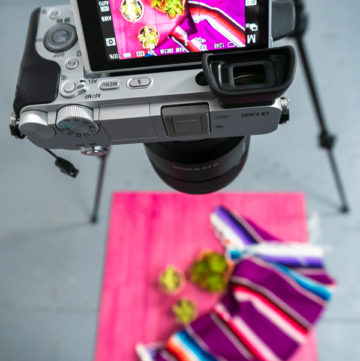

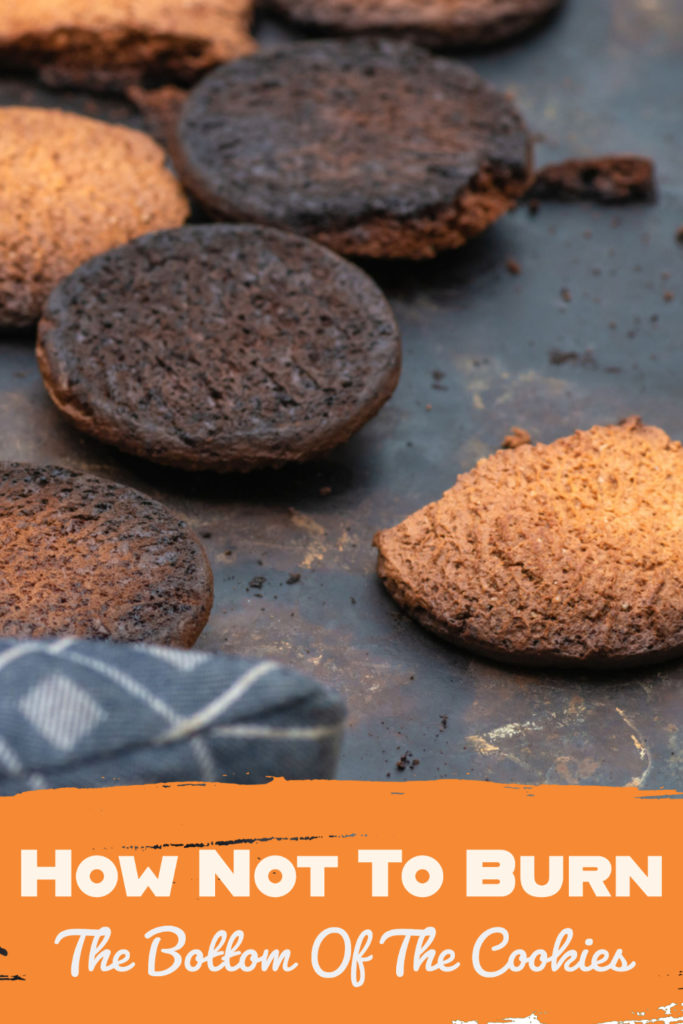
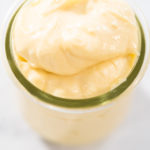



Leave a Reply